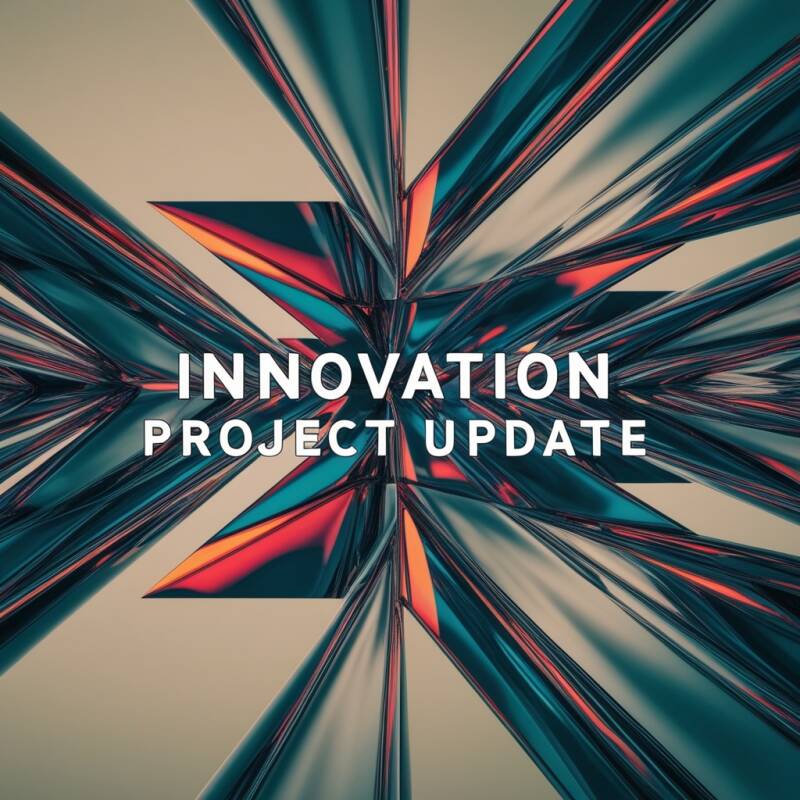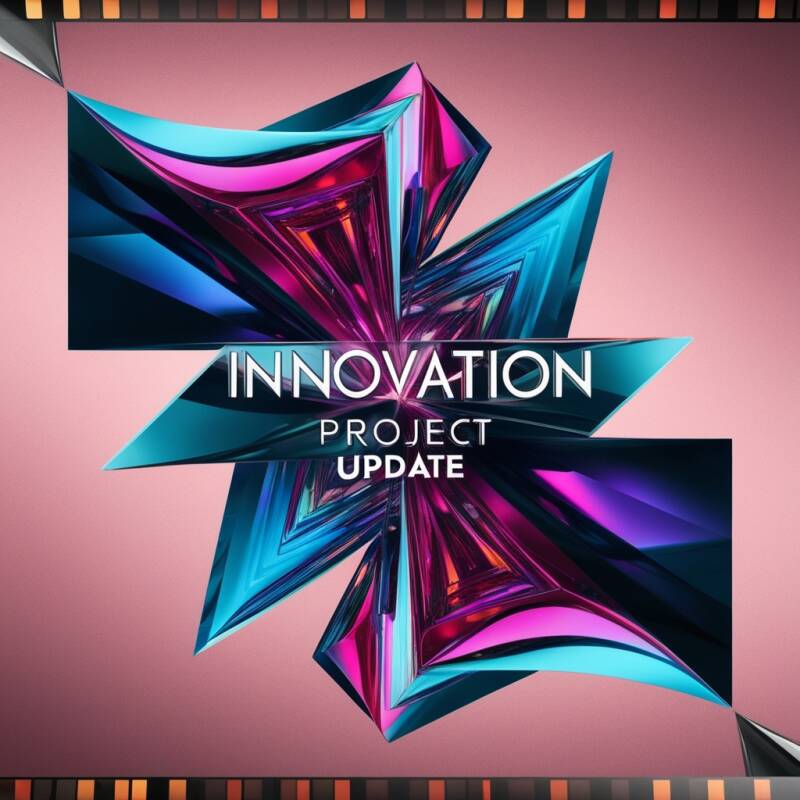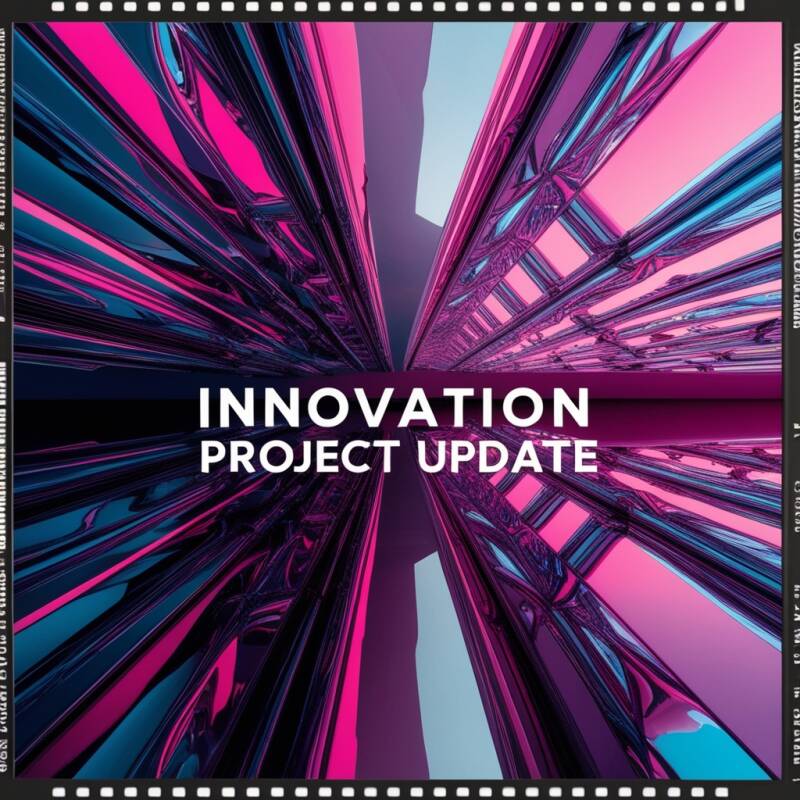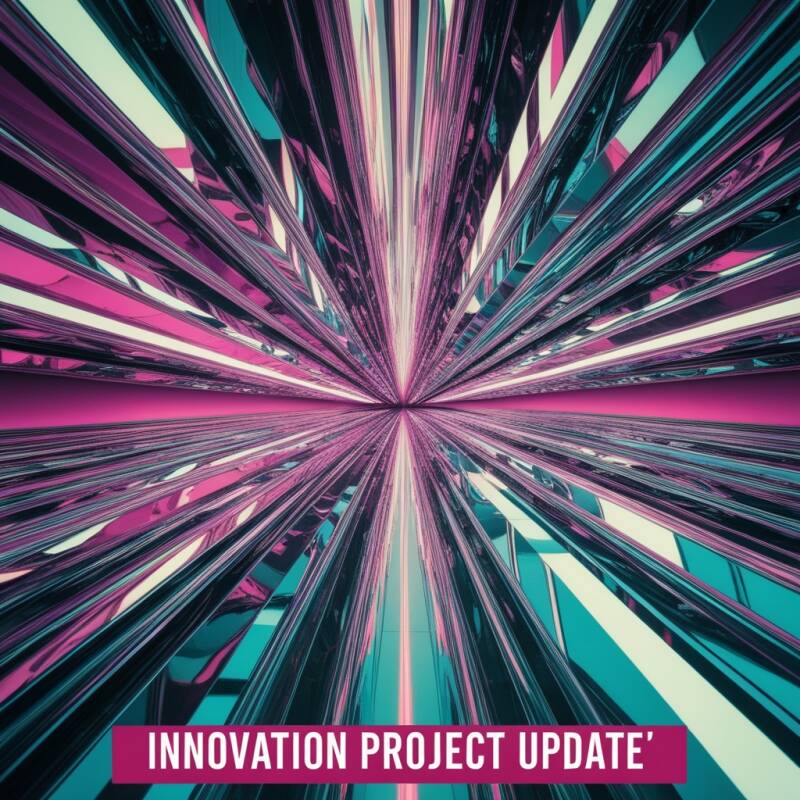5320: Innovation Project Update
As a passionate Game Design & Programming teacher at Hurst Euless Bedford Independent School District, I've envisioned and proposed an innovative blended learning experience that aims to revolutionize how we teach complex concepts like neuroplasticity and growth mindset. This project will combine students from Creative Writing, Science, and Game Design classes to create immersive, educational games centered around these powerful ideas.
Current Status: Currently, we are still in the preparation phase of this ambitious project. The timeline for implementation is as follows:
- Preparation Phase: August 2024 - December 2024
- Pilot Program Implementation: January 2025 - May 2026
- Evaluation and Finalization Phase: June 2026
Learning Process Analysis
What Works
1. Cross-disciplinary Collaboration: The integration of Game Design, Creative Writing, and Science provides a rich, multifaceted learning experience.
2. Hands-on, Project-based Learning: Students will gain practical skills in game design, storytelling, and scientific concept representation.
3. Real-world Application: This project mirrors industry practices, preparing students for potential careers in game development, interactive storytelling, and scientific visualization.
Areas for Improvement
1. Resource Allocation: Securing necessary resources (laptops, software licenses, transportation) may be challenging and requires careful planning.
2. Time Management: Coordinating across multiple disciplines and campuses will require meticulous scheduling and communication.
3. Assessment Methods: Developing comprehensive assessment criteria that fairly evaluate contributions across different disciplines needs further refinement.
Lessons Learned
1. The Power of Interdisciplinary Learning: Combining diverse subjects can create a more engaging and comprehensive learning experience.
2. The Importance of Detailed Planning: A project of this scale requires extensive preparation and a clear implementation strategy.
3. The Value of Administrative Support: Gaining support from school administrators is crucial for implementing innovative educational approaches.
Promotion and Communication Plan
1. Create a dedicated project website to showcase student work and share progress updates.
2. Organize a culminating event where students present their games to peers, educators, and community members.
3. Present the project outcomes at educational conferences and workshops.
4. Collaborate with local media to feature the project and its impact on student learning.
Future Improvements
If I were to start this project again, I would:
1. Begin stakeholder engagement earlier, ensuring buy-in from all departments and administrators.
2. Develop a more robust assessment framework that aligns with existing curricula across all involved disciplines.
3. Establish partnerships with local game development studios or universities to provide additional expertise and resources.
Completed Tasks
✔ Created an innovation proposal and presented it to school administrators
✔ Made a promotional video to help introduce the project to my administration, parents, students and teachers.
✔ Created an entertaining animated podcast with a coworker in promotion of our innovation projects
✔ Identified potential collaborators: Amanda Birkheimer (Creative Writing) and Olivia Bartlett (Science)
✔ Outlined the project objectives and goals
✔ Conducted initial research on neuroplasticity and growth mindset concepts
✔ Identified necessary software and hardware resources
✔ Initiated discussions with IT department about technical requirements
✔ Drafted a budget proposal for additional resources (laptops, software licenses, transportation)
✔ Created a preliminary schedule for cross-disciplinary meetings and workshops
✔ Developed an outline for the game design curriculum specific to this project
✔ Built out most of the online course in CANVAS content management system.
Upcoming Tasks to Complete with Approximate Date Ranges
1. Form the project team and define roles (August - September 2024)
2. Establish the learning environment and develop curriculum (September - December 2024)
3. Conduct cross-disciplinary workshops for faculty (January 2025 onwards)
4. Implement the pilot program in classrooms (September 2025 - May 2026)
5. Assess and evaluate the project's effectiveness (May - June 2026)
6. Finalize the curriculum integration plan for all three subjects (October - November 2024)
7. Develop detailed lesson plans for the integrated curriculum (November 2024 - January 2025)
8. Create and compile supplementary resources for students and teachers (December 2024 - February 2025)
9. Set up the technical infrastructure (software installation, network configuration) (January - March 2025)
10. Organize and conduct training sessions for participating teachers on game development tools (February - April 2025)
11. Establish partnerships with local game development studios or universities for mentorship opportunities (March - May 2025)
12. Develop a communication plan for regular updates to stakeholders (April - June 2025)
13. Create a project website to showcase progress and student work (May - July 2025)
14. Design and implement a system for tracking and analyzing student performance data (June - August 2025)
15. Plan and organize a mid-project review session to gather feedback and make necessary adjustments (December 2025)
16. Develop a marketing strategy to promote the final game showcase event (January - March 2026)
17. Create a comprehensive evaluation plan to assess the project's impact on student learning and engagement (March - April 2026)
18. Prepare a final report documenting the project outcomes, challenges, and recommendations for future iterations (May - June 2026)
Application to Future Projects
The lessons learned from this project will be invaluable for future innovative educational initiatives:
1. Scalability: Design future projects with scalability in mind, allowing for easy expansion to other subjects or grade levels.
2. Technology Integration: Leverage the technical skills developed to incorporate more advanced technologies (e.g., VR/AR) in future projects.
3. Community Engagement: Build on the relationships formed with local businesses and organizations to create more real-world learning opportunities for students.
4. Data-Driven Improvement: Use the assessment and evaluation methods developed to continually refine and improve educational approaches.
This innovation project represents a significant step towards creating a more engaging, relevant, and effective learning environment for our students. By blending game design, creative writing, and science, we're not just teaching isolated subjects - we're preparing students for the interconnected, technology-driven world they'll enter after graduation. As we move forward with implementation, I'm excited to see how this project will evolve and the positive impact it will have on our students' learning experiences.




Create Your Own Website With Webador